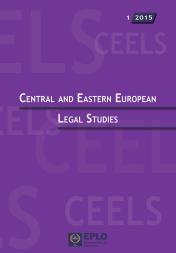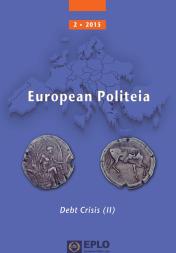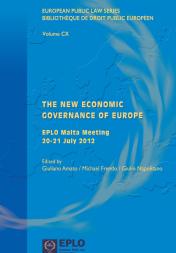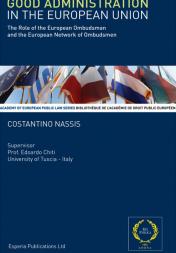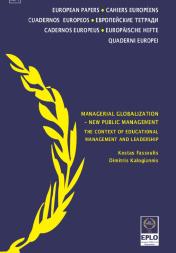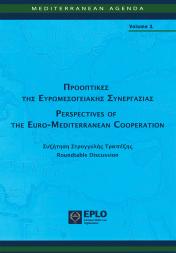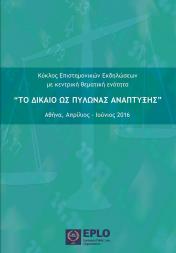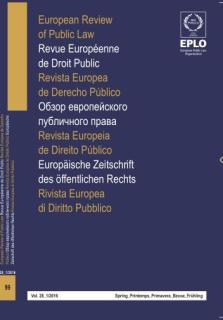
THE EUROPEAN UNION AT THE MONETARY TURNING POINT:
TOWARDS GENUINE INTEGRATION OR DIS-INTEGRATION?
MATTEO GNES
Professor at the Università di Urbino Carlo Bo, Italy
European integration is facing one of the most difficult, but at the same time, challenging periods of its life. The European crisis is not yet overcome; and the new Asian crisis is approaching. Only a strongly integrated Europe may resist and even make profit from such challenges. Only if linked together will European countries be able to remain in the G8 group after 2050. The aim of the report is to point out and to stimulate the debate only on those issues that are more strictly related to the "monetary governance" of the European Union. In order to better understand the path to the European monetary integration, the report first quickly examines the process that led to the construction of a common currency in the European Union, i.e. the path to the European Monetary Union (EMU) and to the establishment of the European Central Bank (ECB). Then, it illustrates some of the most important issues concerning EMU and ECB, especially as concerns the costs and benefits of a monetary union; the problem of the "unaccountability" of the ECB; the overregulation aimed at achieving economic and fiscal coordination; the consequences on citizens' rights and safeguards. Finally, in order to discuss the problem of whether a political union is advisable or even necessary, the European experience is compared with the origins of central banking of two "integrating" countries (i.e. the institution of the federal central bank system in the United States and the institution of the central bank in Italy after its unification).
L'intégration européenne est confrontée à l'une des périodes les plus difficiles, mais en même temps les plus stimulantes de son existence. La crise n'est pas encore dépassée en Europe et une nouvelle crise se profile en Asie. Seule une Europe solidement intégrée pourra résister à de tels défis, voire en tirer profit. Les pays européens ne pourront rester dans le G8 après 2050 que s'ils sont liés entre eux. Ce rapport a pour but de souligner et stimuler le débat seulement sur les problèmes plus strictement liés à la "gouvernance monétaire" de l'Union européenne. Afin de mieux comprendre le chemin vers l'intégration monétaire européenne, le rapport examine d'abord rapidement le processus qui a mené à la construction d'une monnaie commune dans l'Union européenne, à savoir le chemin vers l'Union monétaire européenne (UME) et vers l'établissement de la Banque centrale européenne (BCE). Puis, il illustre certains des problèmes les plus importants concernant l'UME et la BCE, notamment les coûts et les avantages d'une union monétaire, la question de "l'irresponsabilité" de la BCE, la surréglementation visant à réaliser la coordination économique et fiscale, les effets sur les droits et garanties des citoyens. Pour terminer, afin de discuter la question de savoir si une union politique est indiquée ou même nécessaire, le rapport compare l'expérience européenne avec les origines du système de banque centrale de deux pays "intégrés" (les institutions du système bancaire central fédéral aux Etats-Unis et l'institution de la banque centrale en Italie après son unification).
[This report is dedicated to the memory of Luis Ignacio Ortega Álvarez, whom I met for the first time twenty years ago in Spetses, when he was a professor of the Academy of European Public Law and whose friendship grew more and more since then.]





